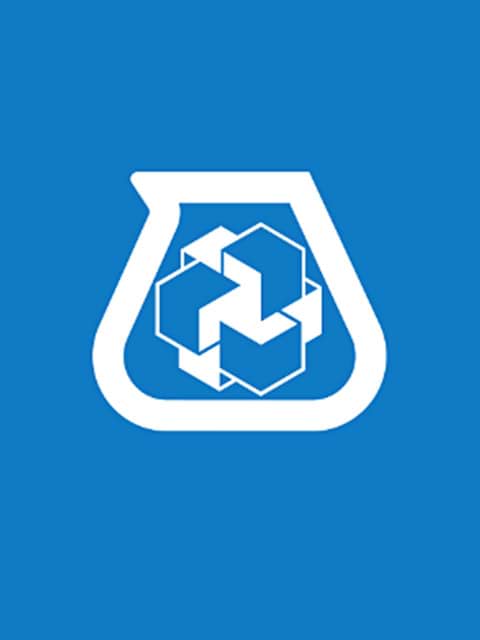 Browse by PRODUCT LINES
Browse by PRODUCT LINES
 All product lines
All product lines
 Search products
Search products
 In the spotlight
In the spotlight
In the 1980s, MAPEI championed the importance of “sustainable chemistry” with the introduction of the Ultrabond ECO® line of adhesives, which dramatically reduced or eliminated volatile organic compounds (VOCs) by moving away from solvent-based to water-based adhesives. As the construction industry began to see the importance of sustainable practices within the industry with the inception of USGBC/LEED in 1993, Living Building Challenge (LBC) in 2006 and now with the WELL Building Standard in 2015 with a greater emphasis on ‘health and well’ being of the occupants.
 The Living Building Challenge (LBC) includes seven performance categories, titled as petals. The red list falls under the materials petal. A building project may not contain any of the Red List chemicals or chemical groups (down to 100ppm threshold level).
The Living Building Challenge (LBC) includes seven performance categories, titled as petals. The red list falls under the materials petal. A building project may not contain any of the Red List chemicals or chemical groups (down to 100ppm threshold level).
The current Red List contains 800+ chemicals that are harmful for human health and the environment. The LBC falls under the International Living Future Institute (ILFI) which developed a non-regulatory based list, which is voluntary, identifying hazardous chemicals that should be avoided in building materials used on an LBC construction projects. To achieve this goal, LBC created a program known as DECLARE Labels for individual products that identify the following:
-Where does a product come from?
-What is it made of?
-Where does it go at the end of its life?
 Once of the key factors that the label identifies, is “What is it made of?” as to whether or not its ingredients are hazardous and found on the LBC ‘red list’ or not? This voluntary list is updated as new science becomes available, identifying new hazardous materials of concern. The ‘red list’ has the chemical name and the corresponding CAS Registry Numbers (provide a unique, unmistakable identifier for chemical substances maintained by the American Chemical Society) correspond with each ‘red list’ item.
Once of the key factors that the label identifies, is “What is it made of?” as to whether or not its ingredients are hazardous and found on the LBC ‘red list’ or not? This voluntary list is updated as new science becomes available, identifying new hazardous materials of concern. The ‘red list’ has the chemical name and the corresponding CAS Registry Numbers (provide a unique, unmistakable identifier for chemical substances maintained by the American Chemical Society) correspond with each ‘red list’ item.
The best way to visualize the intent of the ‘red list’ is to think about when we shop for groceries, what is one of the first things we do when we pick up a packaged product? We turn it over and look at the back to see the ingredients listed, so we can make an informed decision whether or not to purchase this product. Since 1973, these FDA regulations have included the number of calories, grams of protein, carbohydrate, fat, sodium and so forth to better educate the consumer. LBC is working toward a similar goal with construction products, so building owners, designers and specifiers can make product selection based not only on performance, but also on reduced or no hazardous ingredients.
One of MAPEI’s 7 Pillars for growth is to “Lead in Environmental, Health, and Safety”, to achieve this goal we understand that we must continually innovate our product formulations. When a product is in the developmental stage, all factors influencing its impact to the environment and human health are evaluated from a sustainable perspective. This includes reducing and replacing ‘chemicals of concern’ and Living Building Challenge (LBC) ‘red listed’ (e.g. formaldehyde, phthalates and isocyanates) with water-based chemicals that have a lower risk without compromising product performance and workability (LBC ‘red list free’ will be listed on the product data sheet that meet this criteria). Benefiting both the installer who applies the product and the building occupants during the life-cycle of the installation.
This following series of (8) #MAPEITechTalk Blogs will explore a different aspect of balancing ‘Performance’ with ‘Sustainability'. This first #MAPEITechTalk Blog looks at the LBC red list:


Technical Services at 1-800-992-6273
Customer Service at 1-800-426-2734 (1-800-42-MAPEI)
Comments
Load more comments